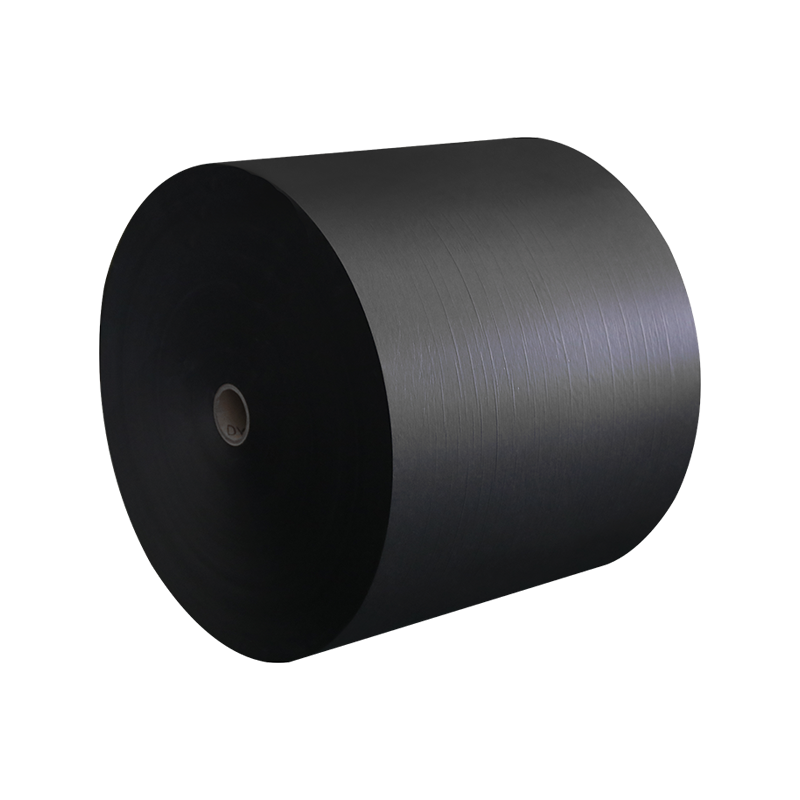Packaging base paper plays a foundational role in the packaging industry, serving as the raw material from which various types of packaging products are made. This essential component is the starting point for creating boxes, bags, and other packaging materials that protect goods during transport and storage. In this article, we explore the significance of packaging base paper, its types, and its impact on the packaging industry.
Packaging base paper, also known as containerboard, is a type of paperboard specifically designed for packaging purposes. It is the primary material used to produce corrugated boxes, cartons, and other types of packaging. This paper is typically made from recycled fibers, virgin pulp, or a combination of both, and its properties can vary depending on the intended use of the final product.
The primary function of packaging base paper is to provide structural integrity to packaging products. It needs to be strong enough to withstand the rigors of handling, shipping, and storage while also being flexible enough to be shaped into various forms. This balance of strength and flexibility is what makes packaging base paper such a critical component in the packaging industry.

The production and use of packaging base paper have significant environmental implications. As consumers and industries become more environmentally conscious, there is a growing demand for sustainable packaging solutions. Packaging base paper, particularly when made from recycled materials, is seen as an eco-friendly option.
Recycling is a key aspect of the sustainability of packaging base paper. By using recycled fibers in production, manufacturers can reduce the need for virgin pulp, thereby conserving natural resources and reducing deforestation. Additionally, packaging base paper is biodegradable and compostable, making it a more environmentally friendly option compared to plastic-based packaging.
The packaging industry is also exploring innovations in the production of packaging base paper to further reduce its environmental footprint. This includes developing lighter-weight papers that require fewer raw materials and energy to produce, as well as improving recycling processes to increase the efficiency of fiber recovery.
Packaging base paper is an essential material in the packaging industry, providing the foundation for a wide range of packaging products. Its strength, durability, and flexibility make it suitable for various applications, from corrugated boxes to branded cartons. As the industry continues to prioritize sustainability, the role of packaging base paper is likely to evolve, with an increasing focus on recycled materials and environmentally friendly production practices. Understanding the importance of packaging base paper is key to appreciating its impact on both the packaging industry and the environment.